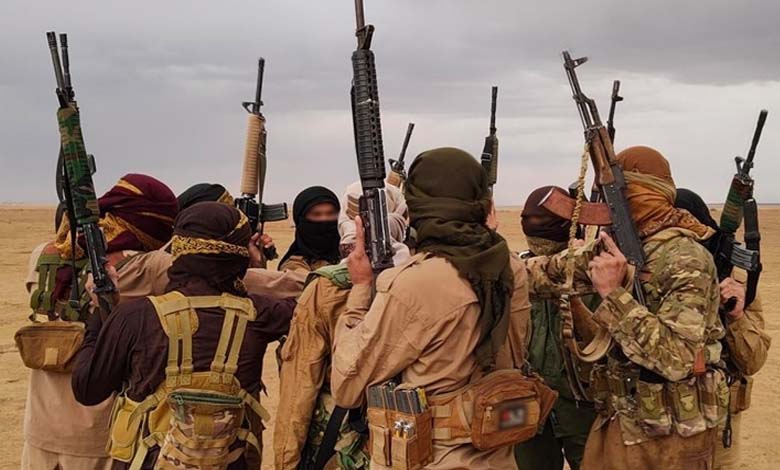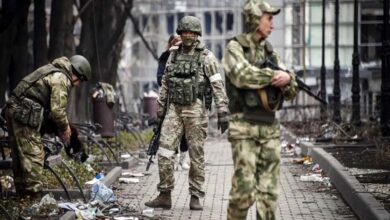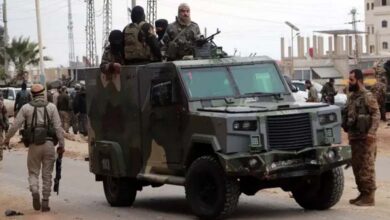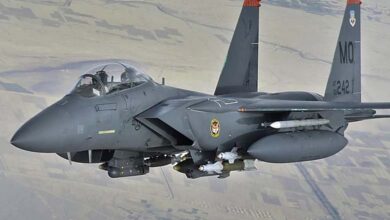“ISIS Khorasan” Has Become the Biggest Threat to Europe… Why?

Vladimir Voronkov, the UN Under-Secretary-General for Counter-Terrorism, stated that Europe faces a more acute threat from “ISIS Khorasan” following the thwarted attack on a Taylor Swift concert planned by suspects who pledged allegiance to “ISIS,” as reported by “Asharq” and cited by ABC News on Friday.
Voronkov added: “Unfortunately, the threat posed by ISIS Khorasan has become evident in Vienna, where three Taylor Swift concerts were canceled after Austrian authorities arrested three suspects,” noting that this branch is gaining strength and influence.
Voronkov also highlighted that “ISIS Khorasan” represents the largest external terrorist threat to the continent, pointing out its “intensive” recruitment efforts and its network of financial and logistical resources.
John Cohen, former US Under-Secretary for Homeland Security for Intelligence, told ABC News that “the ISIS environment is the most complex, dynamic, and dangerous I have seen in my 40 years of law enforcement and homeland security experience.”
Lorenzo Vidino, Director of the Extremism Program at George Washington University, noted that the failed attacks in Vienna fit the pattern of extremist ideology affecting the European continent.
He added: “The potential attackers are younger, ranging from 13 to 15 years old,” indicating that the overall scene is dominated by teenagers, according to ABC News.
Vidino continued: “The scene is much less organized with individuals radicalizing themselves, gathering on online platforms, sometimes without connection, but the online component has become larger over the past few years, and they operate independently.”
-
“Daesh Khorasan” Emerges in Afghanistan
-
What is the strength of ISIS in Afghanistan, and can it be eradicated?
Vidino considered “ISIS Khorasan” to be the strongest arm of the organization, which primarily operates through various branches around the world, noting it is “the most successful, being the only one operating continuously in the West and planning terrorist attacks.”
“ISIS Khorasan” began its activities shortly after ISIS declared the “caliphate” in Iraq and Syria in 2014. Former members of the Tehrik-e-Taliban Pakistan pledged allegiance to the group’s leader, Abu Bakr al-Baghdadi, and were later joined by frustrated Afghans and Taliban defectors.
-
Close cooperation between Saudi Arabia and the West to eliminate the remnants of ISIS
-
Afghanistan becomes battleground between Taliban and ISIS
Recent estimates indicate that the number of fighters ranges between 1500 and 2000, with many having been arrested and detained in the capital Kabul before being released by the Taliban, according to CNN.
US military officials estimate that “ISIS Khorasan” has at least “2000 fighters across Afghanistan,” adding that “some foreign intelligence agencies believe the number may be higher.”












